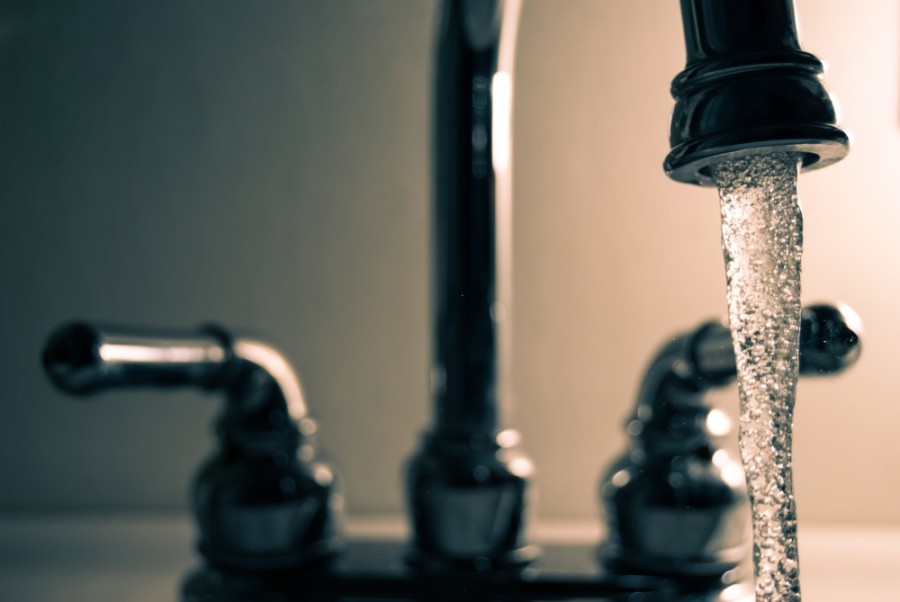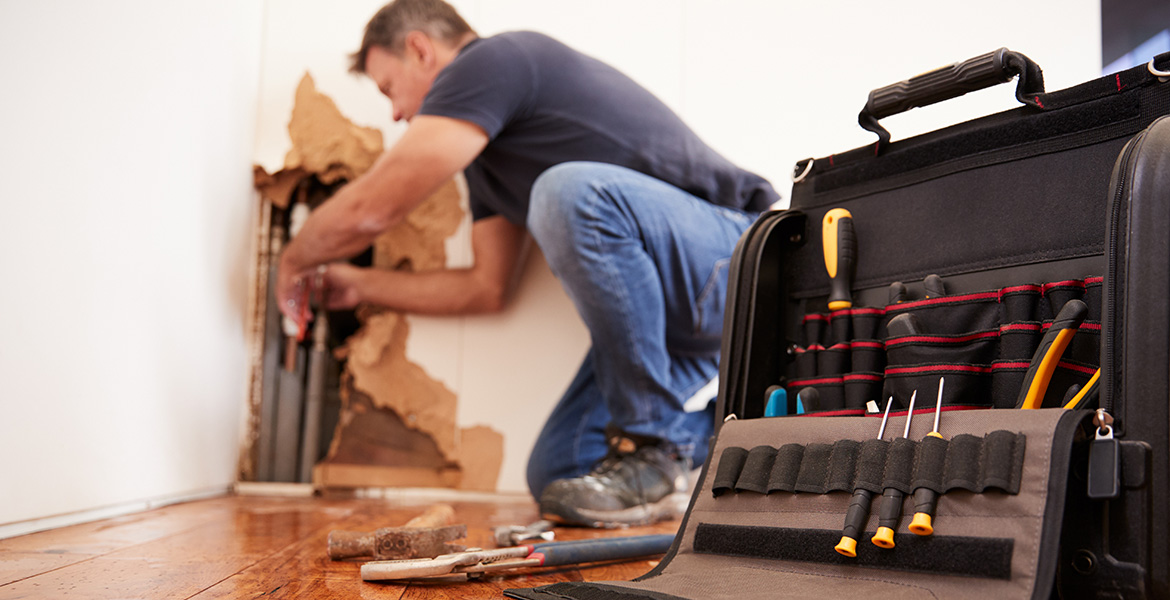How to Swiftly Identify and Efficiently Fix a Leaking Pipe
How to Swiftly Identify and Efficiently Fix a Leaking Pipe
Blog Article
Here below you will find a bunch of amazing tips pertaining to How to Install and Connect a New Dishwasher.

A ruptured pipe is a significant emergency; you can only stand as you watch water you pay a lot to reunite with the planet. In worse situations, you see a pool on your cooking area floor, which is a wonderful journey hazard, particularly if you have children around. If the pipe that ruptured was in your walls, trouble: you may need to repaint that entire area.
How can a calamity like a ruptured pipe be prevented and also managed? Well, by listening to your specialist emergency plumbers as well as adhering to these rules.
Exactly how do I recognize when my pipes have burst?
Rising and fall water pressures
Pipes do not just burst in a day. You might have noticed that your kitchen tap or shower does not run immediately when you turn the tap. It might pause for a few seconds and after that blast you with even more pressure than common.
In other instances, the water may appear regular at first, then drop in pressure after a few secs.
Damp wall surfaces and also water stains
Before a pipe bursts, it will leakage, a lot of times. If this relentless dripping goes undetected, the leakage may graduate into a broad laceration in your pipeline. One simple means to prevent this emergency is to keep an eye out for damp walls ad water spots. These water spots will lead you right to the leak.
Puddles under pipes as well as sinks
When a pipe bursts, the outflow develops a puddle. It may appear that the pool is expanding in dimension, and also despite how many times you wipe the pool, in a couple of mins, there's an additional one waiting to be cleaned. Typically, you might not have the ability to map the pool to any kind of noticeable pipes. This is an indication to call an expert plumber.
Untraceable dripping noises
Pipe bursts can occur in one of the most unpleasant places, like within concrete, inside walls, or under sinks. When the house goes quiet, you might be able to hear an annoyingly persistent dripping noise. Also after you have actually inspected your shower head and kitchen faucet, the leaking may continue.
Dear visitor, the leaking may be originating from a pipeline inside your wall surfaces. There isn't much you can do concerning that, other than tell an expert plumber.
Shut off the Water
When water freezes, it expands in quantity by regarding 9 percent. And it increases with significant pressure: The pressure inside pipelines may go from 40 pounds per square inch to 40,000 psi! No pipeline can hold that much stress, so it breaks open. The break might happen where the ice forms, yet more frequently, it occurs where water stress discovers a vulnerable point in the pipe. That might be inches and even feet from the frozen location. Find the water shutoff valve and also shut off the water to prevent even more damages. You might additionally need to shut off the electrical power as well, relying on where the leaks occurs and also exactly how big it is.
Infected water
Lots of people presume a burst pipeline is a one-way outlet. Quite the contrary. As water spurts of the hole or tear in your plumbing system, pollutants locate their way in.
Your water might be polluted from the source, so if you can, examine if your water storage tank has any troubles. Nevertheless, if your drinking water is supplied and also cleansed by the local government, you must call your plumber instantly if you see or scent anything funny in your water.
What do I do when I spot a ruptured pipe?
Your water meter will certainly remain to run even while your water wastes. To decrease your losses, discover the main controls and also turn the supply off. The water pipe are an above-ground structure beside your property.
How to Fix & Detect a Leaking Pipe
How Do I Know if a Pipe is Leaking?
Leak detection tests can help you determine if your pipe has a leak. Even if you don’t see an apparent leak, you should still conduct leak detection tests regularly to save water and money—and prevent major damage to your home.
Water meter. It can be helpful to figure out what your usual water meter usage numbers are and then monitor them regularly. To monitor your meter, first, turn off all water faucets in your home. Check the meter and write down the numbers. In a few hours, check the meter again. If the numbers have changed, you have a leak. Water gauge. Use a water gauge to test your water pressure. Your showerhead should produce a certain amount of water pressure based on its model and design. If the pressure is lower than it is supposed to be for that specific showerhead, your home likely has a leak. Puddles. Look inside your bathroom, laundry, and kitchen sink cabinets. Puddles around the cabinets or around toilets, tubs, showers, and washing machines indicate the presence of a leaking pipe. You may also notice loose tiles, peeling or flaking paint, or mold caused by water accumulation. Napkin test. Even if you don’t see any puddles, you may still have a leak. You can test for water leaks in the bathroom, laundry, and kitchen by wiping below-sink connections with a napkin, paper towel, or piece of toilet paper. If it becomes damp, you probably have a leaking pipe under the sink. Discolored walls. Walls that are discolored—usually with brown or yellow stains—or bulging might mean that they have been impacted by water damage caused by a leaking pipe. Smell. A leaky pipe will create sitting water, and over time, that water may develop a musty smell. If your home smells musty, but you can’t locate the source, it may be due to a leak. Steps for Fixing a Leaking Pipe
A leaky drain can be remedied by tightening the pipe base, replacing the drain seal, caulking the rim, and tightening the pipe nut. Similarly, a leaking toilet pipe can be treated by tightening the packing nut. You may also need to replace the valve. A leaky faucet may just need tightening or replacement of the washers. If that doesn’t work, consider replacing your faucet. If your pipe has a hole in it, you may want to use a pipe leak sealer or pipe leak tape. This quick fix for water pipe leaks can also temporarily fix a copper pipe leak. https://www.ahs.com/home-matters/quick-tips/how-to-tell-if-pipes-are-leaking/

As a reader about What to Know Before Installing a Dishwasher, I think sharing that blog post was really helpful. Are you aware of anybody else who is occupied with the niche? Do not hesitate to promote it. Thank you for taking the time to read it.
Plumbing care available. Report this page